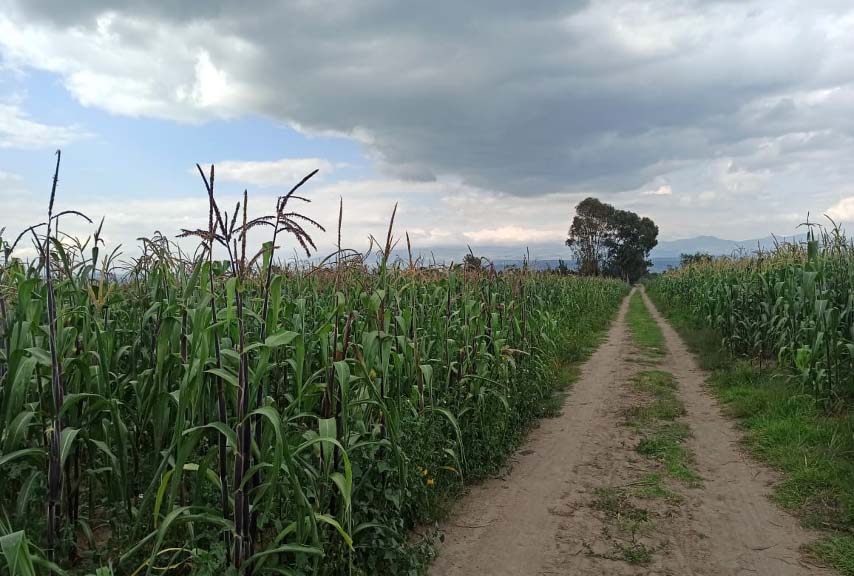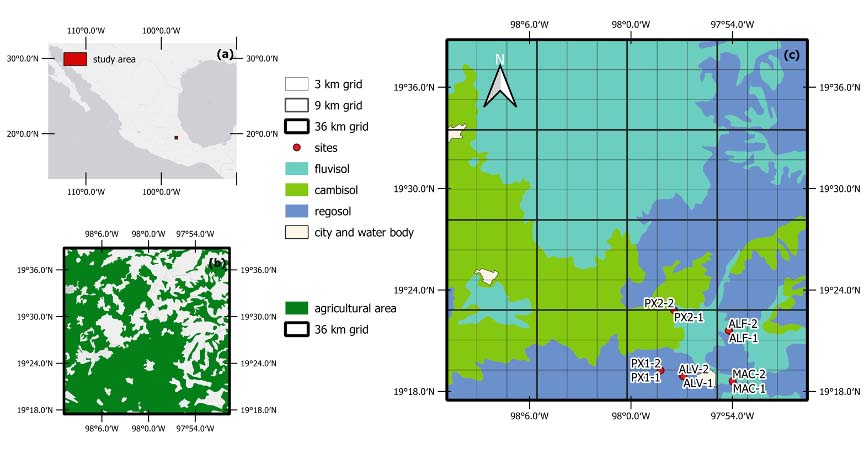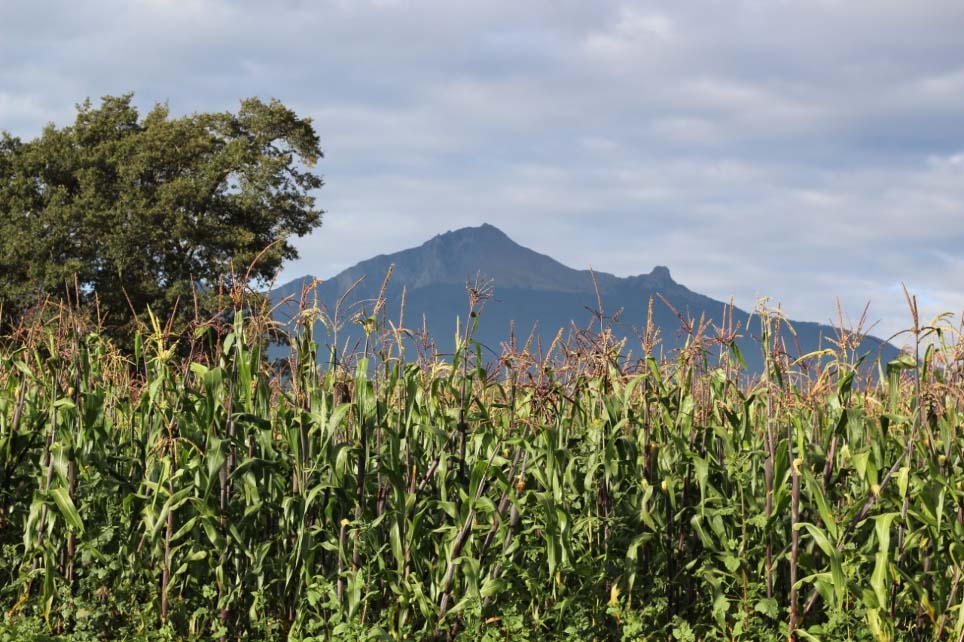MexiCorn
OVERVIEW
In the last years, the Central Mexico area has been severely affected by the effects of the climate change. Drought periods have been increasing their frequency, duration and intensity resulting in a threat to domestic corn production in Mexico. For instance, in 2020, corn production in the central state in Tlaxcala dropped by 40%, due to a long drought period from April to August, corresponding to corn stages from planting to maturation.
Indeed, local governments have to take decisions on the short, mid and long-term in benefit of the corn production. Currently, they have been making decision based on local rainfall information and public national statistics databases; however, this information is limited to a few points covering the area and short period of time.
This project proposes the creation of an operational tool using data from optical and microwave sensors onboard of Earth observation satellites to monitor corn-growing areas. Based on this information, the aim is to try to forecast and reduce the impact of climate change effects on corn yields.
This tool will be based on physical-based models and retrieval algorithms to map information that complements and/or provides a proxy of in-situ data and statistics (area planted, soil moisture, water content in vegetation). An indicator of drought conditions over agricultural areas could be obtained based on the Soil Water Deficit Index (SWDI). Among other indices, preliminary results have shown that the SWDI could be a useful indicator to determine the water content in the soil using microwave remote sensing information, particularly at L-band. The methodologies based on satellite microwave information have the advantage of being independent of cloudy conditions. The SWDI is based on the soil moisture values of the scene observed. If the values of the SWDI are lower than -2, it indicates a degree of drought. Particularly, over Latin America countries, there are not opened reliable databases describing the agricultural areas and thus, it is necessary to derive most of the in-situ parameters from indirect methods such as remote sensing.
The project will also provide free and open access to data and products that allow, in short term, to monitor production status and current conditions of water availability in order to provide information to the local decision-takers. In longer term, the satellite-based product will provide a basis for measures to mitigate the effects of climate change (e.g. modification of the corn-growing calendars, changes of cultivars planted, etc.). As well, the processing time and synoptic nature of the products should contribute effectively to crop monitoring and to the development of long-term actions in line with preservation of native cultivars of corn adapted to new local climates.

Corn field on the study site © Instituto Politécnico Nacional

(a) Geographic location of Huamantla, Tlaxcala, Mexico. (b) Agricultural region in central Mexico. (c) Soil texture map of the agricultural region at 3, 9 and 36 km scales. © Instituto Politécnico Nacional
Application site(s)
Huamantla, Mexico
DATA
Satellite
- Copernicus Sentinel-1A and 1B: Time series every six days, with a resolution of 10m.
- Landsat: Time series every 16 days with a resolution of 30m.
- MODIS: Time series every 16 days with a resolution of 1 km.
- NASA SMAP: Time series of every three days, with a resolution of 36 and 9 km.
- ESA SMOS: Time series of every three days, with a resolution of 36 and 25 km.
Autres
- Weather station: Weather conditions over the area.
- Archive data describing in-situ information
- SIRIS system, database provided by the Mexican Space Agency.
RESULTS - FINAL PRODUCTS
The drought products will be of free access by internet using the informatic infrastructure of the Mexican Space Agency. This online portal will allow the visualization of the data processed and generated as part of the project:
- Monthly map of corn-growing areas;
- Weekly map of soil moisture;
- Weekly map of water content of vegetation;
- Analysis results on the climate impact of changes observed.







